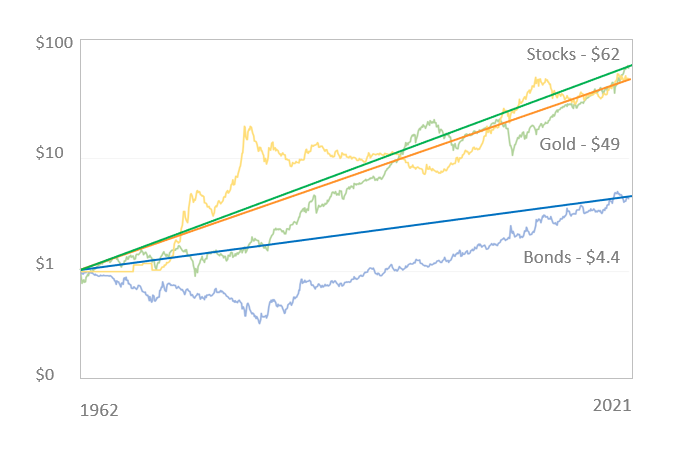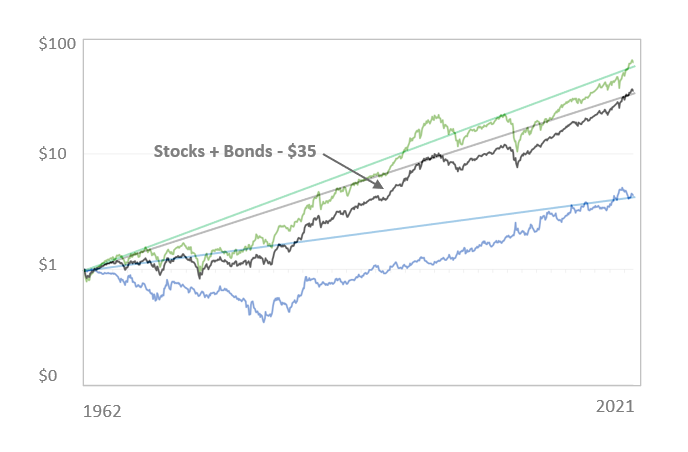If you would rather see an entertaining video explaining all of this, click here. If you would rather read, continue on…..

Understanding Returns and Risk
Imagine a highway consisting of three lanes – the slow lane, middle lane and the fast lane.
Which lane would you take to get to your destination?
All lanes have the potential to get you to your destination, but each lane has a different speed and the associated risk of “accidents”

Consider our lane analogy. Building an algorithm has a few key components:
Selecting the right lanes (assets)
Deciding when to switch between lanes
(asset diversification)
Manage traffic jams by either “stop driving” (staying in cash) or by “driving on the shoulder” (mitigating risk)
Picking which vehicle to drive
(time diversification)

Selecting Lanes
Each lane represents an asset that you can invest in, and just like when you are driving down a highway, each lane has a different speed and the associated risk of driving at that speed.
In order to get to your destination faster, you would switch lanes or putting it a different way....you would diversify your risk between different lanes

Selecting the “Right” Lanes
Lanes that represent individual stocks have a higher risk than compared to the index, since individual stocks can go bankrupt, but an index has a near zero chance of ever doing so.
Similarly shorting stocks and investing in options have a higher risk because the lanes can abruptly end.
All algorithms have a module which “selects” which assets to invest in

Switching Lanes
All good algorithms also have a mechanism for reducing turbulence (risk) by switching lanes (diversifying across assets).
Combining stocks and bonds for example would reduce the returns potential but would also reduce the turbulence (risk)

“Drive on the Shoulder” vs.
“Avoid Driving”
There will always be situations in the market when all the lanes are blocked due to a traffic jam
Good algorithms will have a built-in fail-safe mechanism. Some algorithms will stay in cash – equivalent of “Avoid Driving”
Other algorithms will seek to mitigate risk using volatility instruments. Since mitigating risk is expensive, timing is important, else it can wipe out the gains

Time Diversification
When driving on the highway, which vehicle would you prefer?
A mini-van?
(safe, dependable)
A bike?
(faster, but higher risk of accidents)
Why not diversify across both? Our recommendation is to have our client portfolios diversified across algorithms that operate in different timeframes: rebalancing, swing, day trading



